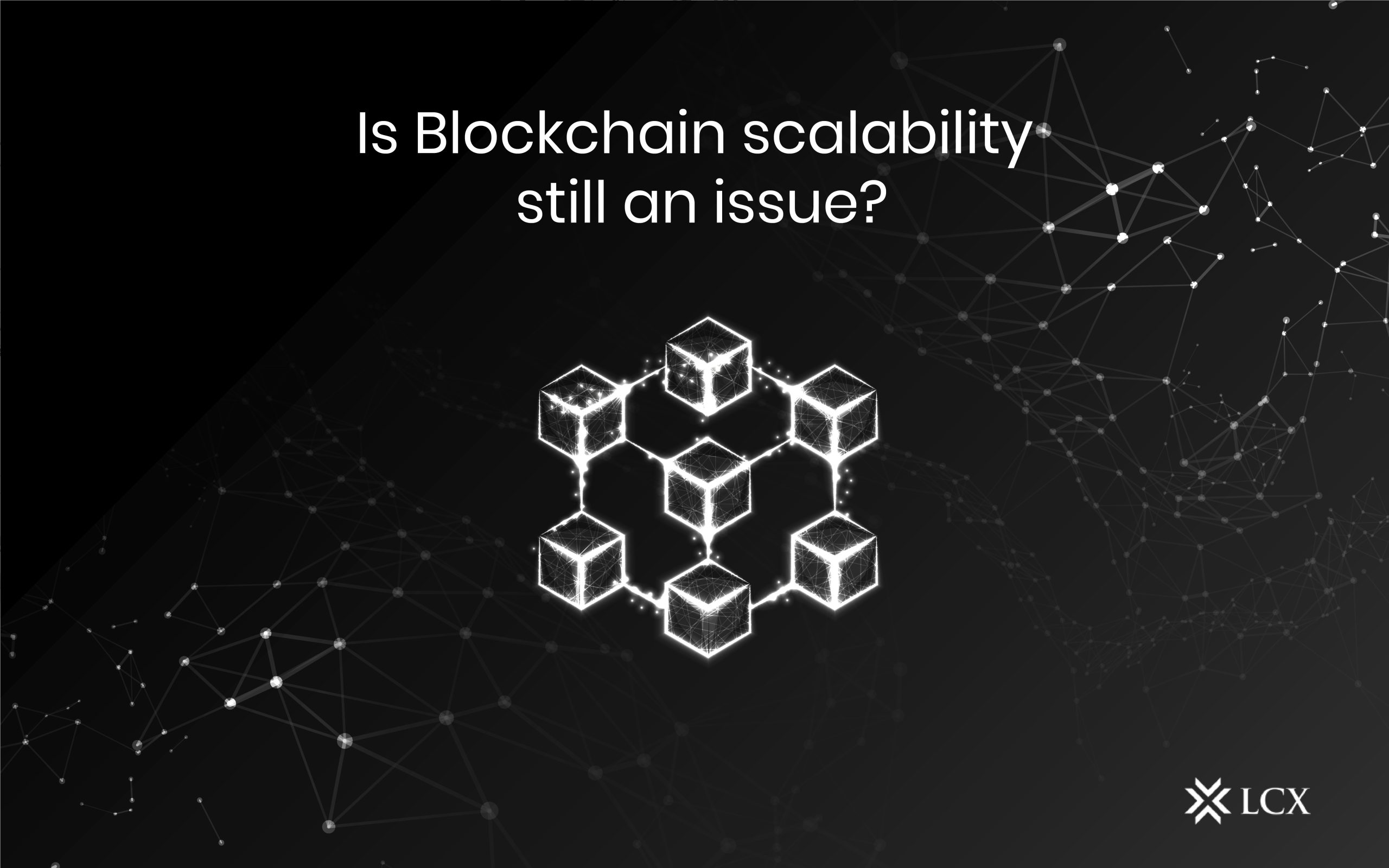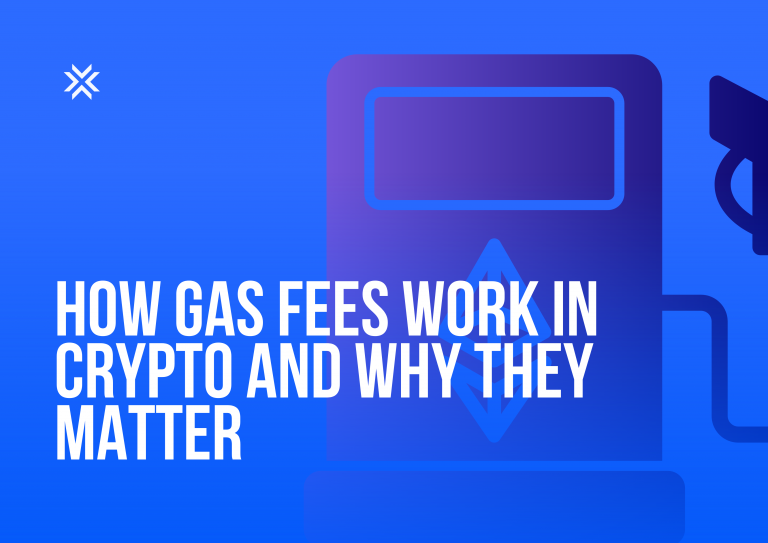The blockchain network was created to allow people to interact without the need for a central authority or government. All member nodes have equal rights to administer and manage the network’s transactions without any controlling authority. However, as the number of nodes grows, a scalability issue in blockchain has arisen.
Although this issue has surfaced for a long time, we currently have several solutions to this problem, such as sidechains, sharding, and rollups. These solutions limit the issue of scalability to greater lengths. Thus, one can consider scalability to be a dissolved issue at this rate. Let us first understand what scalability means and which factors affect it.
What is scalability?
Scalability refers to the platform’s ability to sustain a rising number of nodes and transactions. The following variables determine it:
- When a new transaction is made on the blockchain, it is broadcast to all nodes involved. In addition, anytime a new block is created, it is revealed to all nodes. As a result, this operation uses many network resources and increases propagation delay.
- The necessity for vast amounts of data to be kept on the blockchain is defined by cost and capacity. The blockchain stores all of your data, from the genesis block to your most recent transaction, even though the network’s nodes cannot retain such a massive quantity of data.
- The size of the transaction block and the time it takes to confirm a transaction are also factors in throughput. As the number of transactions grows, so does the size of the block, necessitating extra resources.
Factors affecting the scalability of the blockchain:
- High transaction fees: Users must pay a fee for verifying blockchain transactions. As a result, many transactions sit in the queue unprocessed since some users are willing to pay hefty transaction fees for verification.
- Response Time: Before being validated, all transactions in the network must wait for a specified amount of time. As the number of transactions in the queue grows, the validation time increases, compromising scalability.
- Block size: As the number of transactions in the network grows, so does the time it takes to execute those transactions. As a result, larger block sizes are required to accommodate the growing quantity of transactions.
- Hardware limitation: Another major limitation of the blockchain is its hardware, which involves complex hardware to operate the increasing number of nodes.
Solutions to the scalability problem:
- Sidechains: A sidechain is a separate blockchain that functions as an extension of the mainchain. To construct a sidechain, an off-chain method must be implemented to transmit data between the two blockchains. This will enable the exchange of assets and synchronize any data between blockchains. As a result, the constant demand for a single blockchain network is reduced.
- Sharding: Sharding entails dividing the database into “shards,” each of which is responsible for processing only a portion of the data stored on the network. The processing time can be significantly decreased in this manner. Sharding enables a blockchain to connect more nodes and store more data without significantly delaying transactions. Thus, providing a reasonable solution to the problem of scalability. This could hasten the adoption of blockchain technology in a variety of industries.
- Rollups: By reducing the amount of data in a transaction, ZK-Rollups drastically reduce the processing and storage resources necessary to validate blocks. This is made feasible by cryptographic zero-knowledge proofs (ZKPs), which allow a party to verify that they know or have something without divulging any information about that knowledge or possession. Because such validity proofs can be promptly verified, they can significantly enhance metrics like throughput and scalability while lowering customer transaction fees.
Conclusion
Scalability has long been a problem associated with blockchain, but the solutions mentioned above provide promising solutions to this problem. Many blockchains are already using these to prevent their networks from having ample response time or high transaction fees. For example, Polkadot uses sharding, and Ethereum uses ZK-Rollups. Thus, one can expect more such solutions to the scalability issue of blockchain that will ensure smoother transactions over the platforms.









